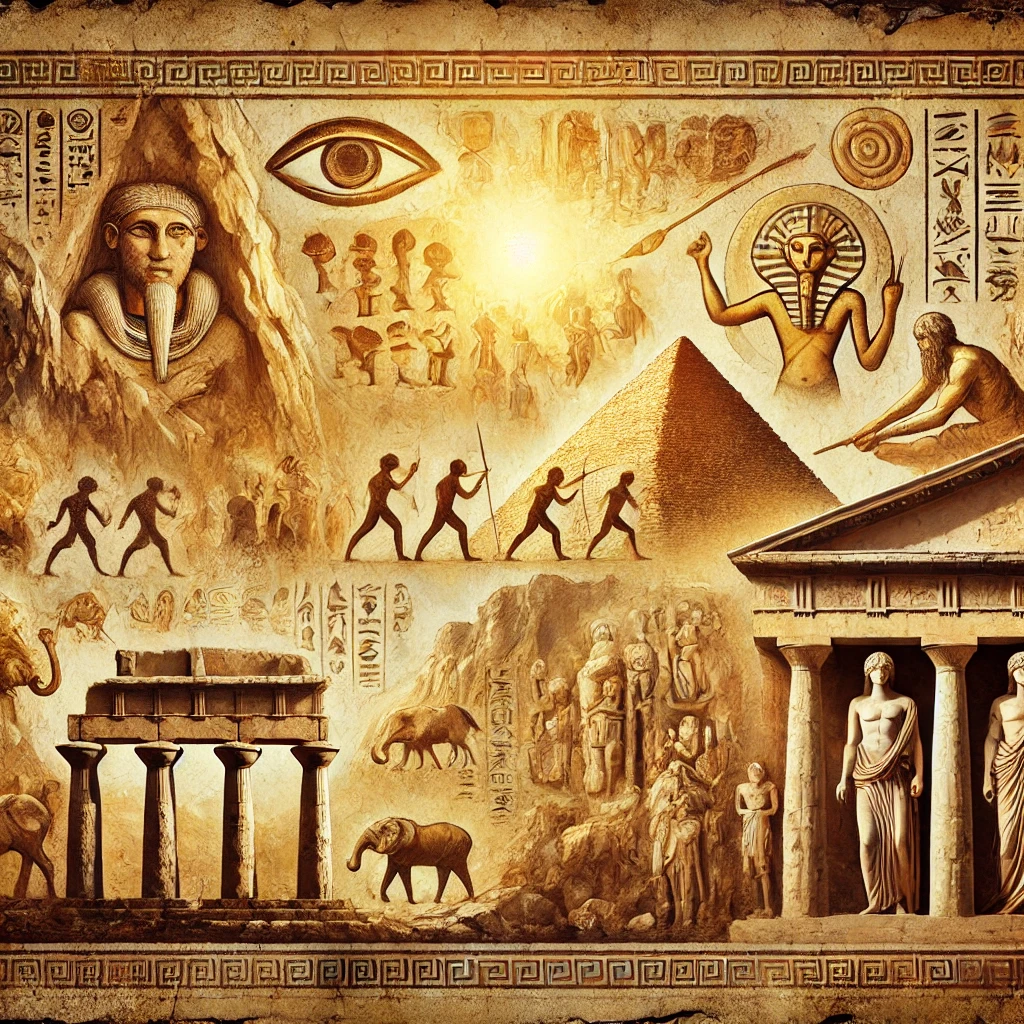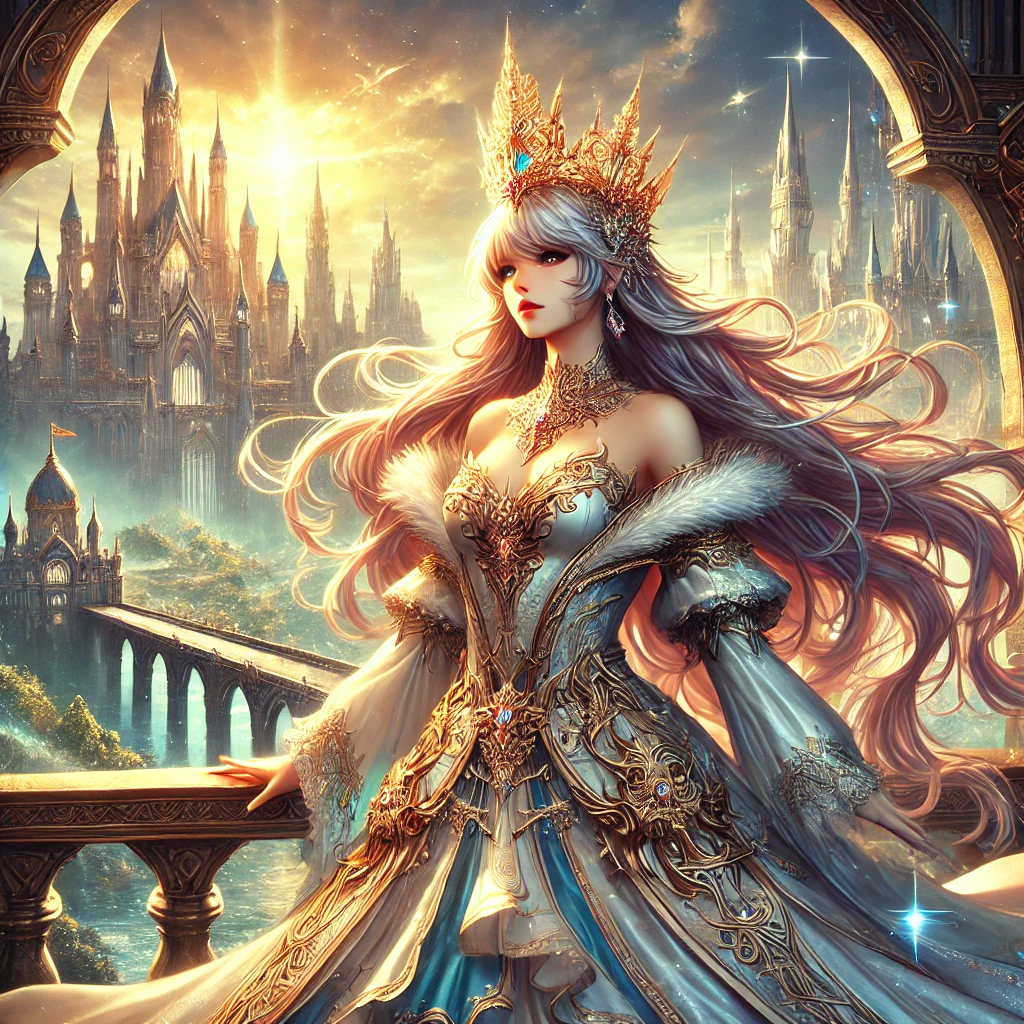Introduction
This ancient art has been a more potent expression of human creativity, encapsulating the very spirit of civilization, culture, and avant-garde innovation. From cave paintings to grandiose sculptures, these ancient artists quite drastically laid their emotions, stories, and beliefs before the world. The legacy of ancient art is still irrefutable in its ability to inspire modern art; it is, in itself, a fusion of past and present.
This article explores a timeless sojourn through history and creativity with special attention directed to the timeframes of ancient art, quintessential works of art, their signature features, and ancient artworks that come close to the hearts of art lovers worldwide.
Time Periods of Ancient Art
Art has a history spanning thousands of years and incorporating multiple civilizations and artistic movements. The following is a summary of the periods of art history.
Prehistoric Art (c. 40,000 -3,000 BCE):
The earliest artistic aesthetic of prehistoric art emerges from within the deep caves and rock formations. Such paintings were mostly cave paintings, petroglyphs, and carvings.
Noteworthy Examples:
Lascaux Cave Paintings: They showcase a hunting scene of bulls, horses, and deer.
Chauvet cave: May well be one of the oldest cave paintings, traced back to 30,000 BCE.
Ancient Egyptian Art (c. 3,000-30 BCE):
Ancient Egyptian art had its root deep in religious beliefs by portraying pharaohs, gods, and done with profound symbolism to highlight due environments in the afterlife.
Noteworthy Examples:
The Bust of Nefertiti: A very fine expression of Egyptian beauty and dexterity.
The Great Sphinx of Giza: A huge sculpture dedicated to Pharaoh Khafre.
Ancient Mesopotamian Art (c. 3,500-500 BCE):
The early art achieved some important steps within the Mesopotamian civilization of Sumer, Akkad, Babylon, and Assyria.
Noteworthy Examples:
The Standard of Ur: A wooden panel that shows war and peace in Mesopotamia.
The Code of Hammurabi: A stone stele inscribed with one of the first-written laws.
Ancient Greek Art (c. 900 -31 BCE):
Greek art reflected naturalism, human anatomy, and mythological themes. The period itself was focused on some remarkable developments in sculptures, pottery, and architecture.
Key Examples:
Venus de Milo– A marble statue of Aphrodite, a model of classical beauty.
The Parthenon (Athens)– A masterpiece of architecture devoted to Athena.
Ancient Roman Art (circa 500 BCE–476 CE)
Roman art depended heavily on Greek art influences, yet new techniques were born and developed in mosaics, frescoes, and realistic portraits.
Key Examples:
Augustus of Prima Porta– A statue glorifying Emperor Augustus.
Pompeii Frescoes– Stunning wall paintings preserved by the eruption of Mount Vesuvius.
Ancient Chinese Art (2000 BCE–220 CE)
Chinese art’s characteristics are based on calligraphy, ceramics, silk paintings, and bronzewares.
Key Examples:
Terracotta Army– Thousands of life-sized clay soldiers that are guarding the tomb of Emperor Qin Shi Huang.
Paintings Along the Silk Road-Pictures depicting trade, culture exchanges along the River Silk Road.
Famous Art
Many works of ancient art have lasted through the ages and acted, in turn, as influences for subsequent generations of artists. Some of the more famous pieces of ancient art include:
Lascaux Cave Paintings
Discovered in 1940 in France, these are stunning paintings of animals and human figures, made for spiritual or hunting purposes.
The Bust of Nefertiti
An iconic Egyptian sculpture of Queen Nefertiti, famed for its exquisite detail and lifelike quality, symbolizing royalty and beauty.
Chinese Wall Mosaics
Great Wall murals depicting battles, religious stories, and cultural traditions from different dynasties.
Greek Statues: The Discobolus
A famous Greek sculpture, “Discobolus” (the boring disc thrower), explains how perfectly balanced and moving is the human body.
The Rosetta Stone.
It remains one of the most significant artifacts related to the deciphering of Egyptian hieroglyphs. Its inscriptions have Greek, Demotic, and hieroglyphic texts.
Functions and Characteristics of Ancient Art
Ancient art served purposes of religious, political, decorative, or narrative importance. The main features are as follows:
Symbolic and Meaningful Gesture
Ancient artworks often carried important symbolic meanings which portray gods, myths, and cultural beliefs.
Use of Natural Materials
Stone, clay, wood, and pigments from minerals formed the main assembly for most ancient artists.
Depiction of Mythology and Religion
Many works also featured deities, religious ceremonies, and legends.
Political and Historical Records
Art was used by the kings and rulers to chronicle victories, laws, and family trees.
Decorative/Functional Art
From mosaics and frescoes to jewelry and pottery, ancient art showcased beauty along with daily usefulness.
Ancient Art Drawings
Ancient drawings were primarily discovered on cave walls, manuscripts, and scrolls, providing insight into early human creativity.
Cave Paintings and Rock Art
Altamira Cave Paintings from Spain, featuring desk interpretations of prehistoric bison and deer
Bhimbetka Rock Shelters-India, showcases the actions of early human settlements and hunts.
Greek and Roman Frescoes
Wall paintings in Pompeii and other Roman sites depict daily life, mythology, and celebrations.
Chinese Ink Drawings
Early Chinese artists were known to explore the medium and were often tailored for silk, writing their own works with pen upon paper.
How Does Ancient Art Impact Modern Creativity?
The impact of ancient art on modern artistic expression possesses lasting effects. The techniques, themes, and philosophies prevailing among ancient artists continue to inspire modern creators, from painting and sculpture to digital art and architecture.
Influences Seen in Contemporary Art
Many contemporary artists gleam with motifs and symbolism reinstituted from their ancient predecessors into the modern. A few examples follow:
Neo-Classical Art revived Greek and Roman styles during the 18th and 19th centuries.
Egyptian Revival became popular in the 20th century, especially in architecture and jewelry.
Some street artists combine cave painting techniques in making their murals and graffiti.
Architectural Legacy
Architectural elements like the columns, arch,and dome were invented by ancient civilizations and in wide use today. The Greek and Roman architectural principles can be seen in buildings such as the U.S. Capitol and the British Museum.
Influence on Film and Digital Media
Movies, video games, and virtual reality experiences have ancient art and mythology quite prominently depicted within them. Hits like Gladiator and The Mummy are direct adaptations or interpretations of themes rooted in antiquity, while the gaming world such as Assassin’s Creed invites players to digitally traverse ancient worlds.
Experiencing Ancient Art in Today
People fascinated with ancient art can experience it from the very same spectacle of an exhibition or roll their field into a virtual world.
Visit Great Museums and Historical Sites to See Ancient Art
The Louvre (France)- ancient Egyptian, Greek, and Roman artifacts.
British Museum (UK)-the treasures, such as the Rosetta Stone, and Assyrian sculptures.
Metropolitan Museum of Art (USA)-a wide collection.
The Egyptian Museum (Cairo)-home of the famous treasures of Tutankhamun.
Ruins of Pompeii (Italy)-extremely well preserved inner parts of Roman artistic life.
Discovery of the Online Resourcesasept Access to Various Online Platforms:
Google Arts & Culture- Virtual exhibit of classical artworks.
Digital The Met Museum Collection-Thousands of high-resolution images.
Join Art Restoration and Conservation
There are many institutions dedicated to conserving ancient art. Organizations such as UNESCO and The Getty Conservation Institute are working to restore murals, sculptures, and historical artifacts. You can join or contribute your time and donations if you like antique art.
Conclusion
Ancient Art is reflective of all mankind creativity. So closely does one art charm this very other; this is to give expression to the minds, emotions, and historicity of the people of the past. From cave paintings down to the Greek statues of the time, ancient art is every now and laid bare to modern artistry in myriad ways.
By knowing a period of time, key artworks, characteristics, and finding draws, we have a deep appreciation of how art was incessantly woven in the long human history. Be it for storytelling, devotion, or beautification, ancient art remains a perennial fountain of inspiration.





